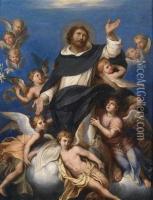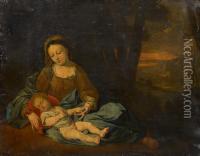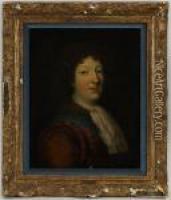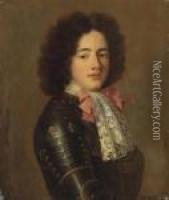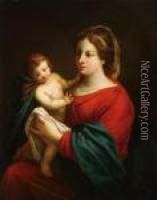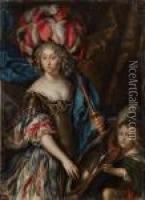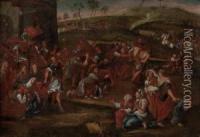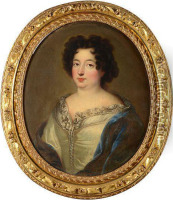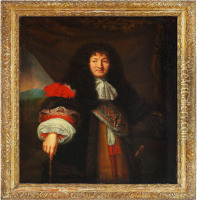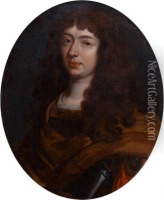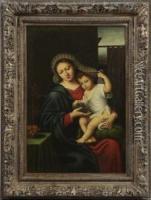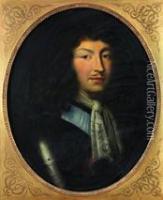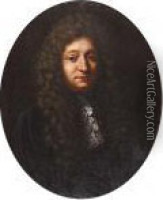Pierre Le Romain I Mignard Paintings
Pierre Mignard, also known as Pierre Mignard I or Pierre Le Romain to distinguish him from his brother Nicolas Mignard (Mignard d'Avignon), was a prominent French painter during the Baroque era. Born on November 17, 1612, in Troyes, France, Mignard became one of the most important portrait painters of his time.
Mignard moved to Fontainebleau in his early years, where he began studying painting. His talent was recognized early on, prompting him to travel to Rome to further his education. He earned the nickname 'Le Romain' due to the significant time he spent in Italy, where he was influenced by the works of Raphael and other Renaissance artists. While in Rome, Mignard became a member of the Academia di San Luca and established himself as a successful painter, working on both religious commissions and portraiture.
After spending about 22 years in Italy, Mignard returned to France in 1657. There, he gained the patronage of Louis XIV and was eventually appointed as the First Painter to the King after the death of Charles Le Brun in 1690. Mignard was also involved in the founding of the Académie Royale de Peinture et de Sculpture in 1648, although he became a member only later in his career due to earlier opposition to some of its regulations.
Throughout his career, Mignard was celebrated for his portraits. His style was characterized by a combination of Italian grace and French elegance. He painted various members of the court and the aristocracy, including the king himself and Madame de Maintenon, Louis XIV's secret wife. In addition to portraiture, Mignard also produced religious and mythological scenes that were praised for their charm and finesse.
Mignard's success and influence were such that he also gained the nickname 'Mignard le Romain' to honor his artistic achievements and Italian influence. His works were widely reproduced, further cementing his legacy in the history of French art.
Pierre Mignard died on May 30, 1695, in Paris, leaving behind a substantial oeuvre that had a lasting impact on the French painting tradition. His brother, Nicolas Mignard, and his son, Pierre Mignard II, were also accomplished artists, contributing to the Mignard family's artistic dynasty.
